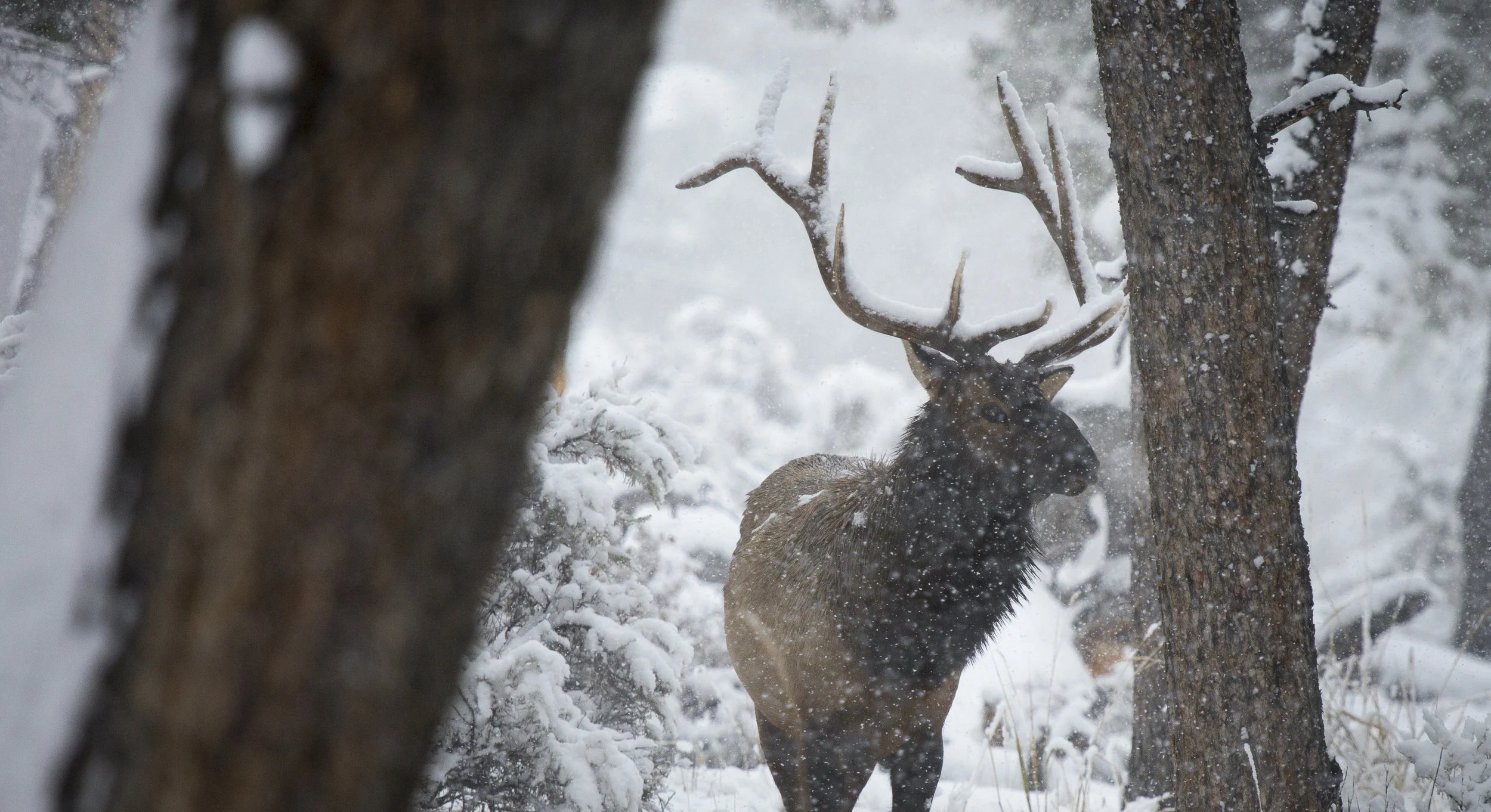When Is the Best Time to Hunt Elk?
Rut, Rifle, Late Season—What Every New Elk Hunter Should Know
If you’ve ever asked, “When’s the best time to hunt elk?” the real answer is: whenever you can get time off work and boots in the dirt. But let’s break it down so you can plan smarter, not just harder.
Timing can make or break your hunt, especially as a beginner. Whether you’re calling in bugling bulls during archery season or glassing late-season cow herds, each window of the elk calendar has its own vibe—and its own challenges.
📆 Elk Seasons, Simplified🏹 Archery (Early to Late-September)
This is the rut, baby. Bulls are bugling, cows are grouping up, and it’s the most exciting time to be in the elk woods.
Pros: Bulls are vocal, responsive to calling, easier to locate by sound
Cons: Close-range shots only, heat, lots of hiking, can be physically demanding
Tip: If you're archery hunting in September, calling is your #1 tool. Check out the Elk Hunt Course or Corey Jacobsen’s University of Elk Hunting to learn calling tactics that actually work.
🔫 Rifle (Mid-October – November)
Welcome to the post-rut. Elk are quieter, but they’re still moving. In some states (like Montana), the rifle season overlaps with the tail end of the rut, which can give you a calling edge early on.
Pros: Longer shooting range, cooler weather, easier meat care
Cons: Elk may be spooked, bulls could be broken up or reclusive
Tip: Watch the weather like a hawk. A snowstorm can push elk down to lower elevations and make them more visible.
❄️ Late Season (December – January)
Mostly cow hunts and cleanup tags. It’s cold, it’s quiet, and it can be surprisingly productive—if you can tough it out.
Pros: Less competition, elk are bunched up, can be easier for first-timers
Cons: Brutal weather, limited tag availability, fewer bull opportunities
Tip: These hunts are often overlooked. If you're just trying to put meat in the freezer, late-season cow tags are gold.
🕓 Daily Elk Movement: Know the Rhythm
Timing isn’t just seasonal—it’s daily. Elk are creatures of habit, and their routine is your best friend:
Morning (First Light – 9am): Elk are feeding and moving. Best time to glass and spot.
Midday (10am – 2pm): Elk bed down in shady, secure spots. Time to stalk or sneak if you know where they are.
Evening (4pm – Dark): Another prime window. Elk come out to feed again. Glass open areas and travel routes.
Pro Move: Use your optics on a tripod at first and last light. I use a combination of Maven B.2 binos and Tricer tripod. Elk don’t like to be in the open when the sun’s high, so glass the edges where they slip in and out.
🧠 Bonus: Weather & Moon Phase
Cold, overcast weather = more daytime movement
Bluebird sunny days = elk stay hidden in timber
Moon phase = Overhyped.
Don’t let it stop you. If you’re hunting when the full moon’s out, just adjust and focus more on mid-morning and midday action.
Want action-packed close calls? Archery rut is the ticket.
Want a more relaxed hunt with a rifle and a better chance at meat in the freezer? Go post-rut or late season.
Elk hunting is a chess match no matter the season. When you make your move matters, so be like Bob Seger and don’t be afraid to make Night Moves.


